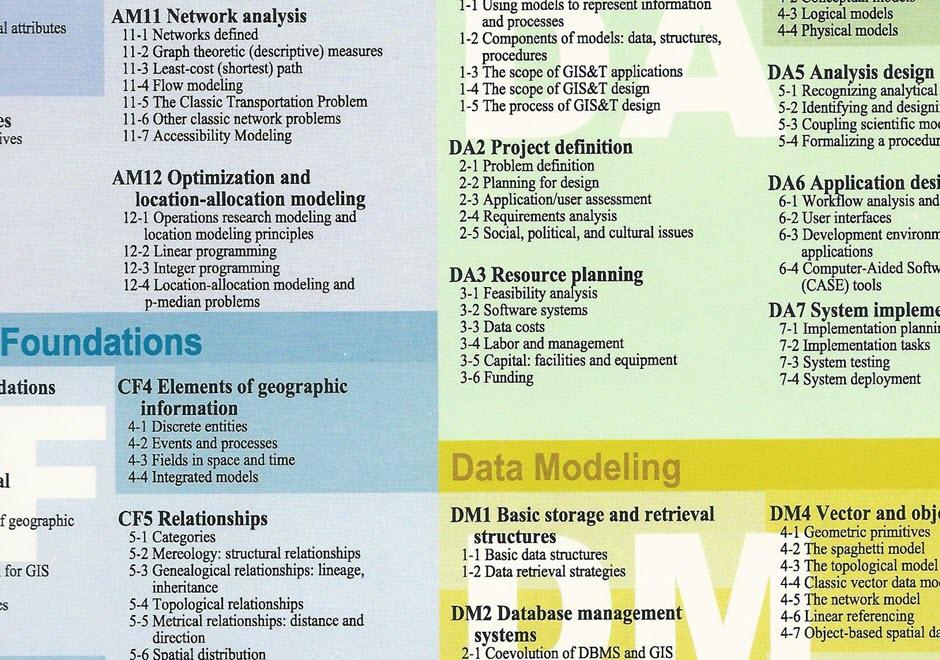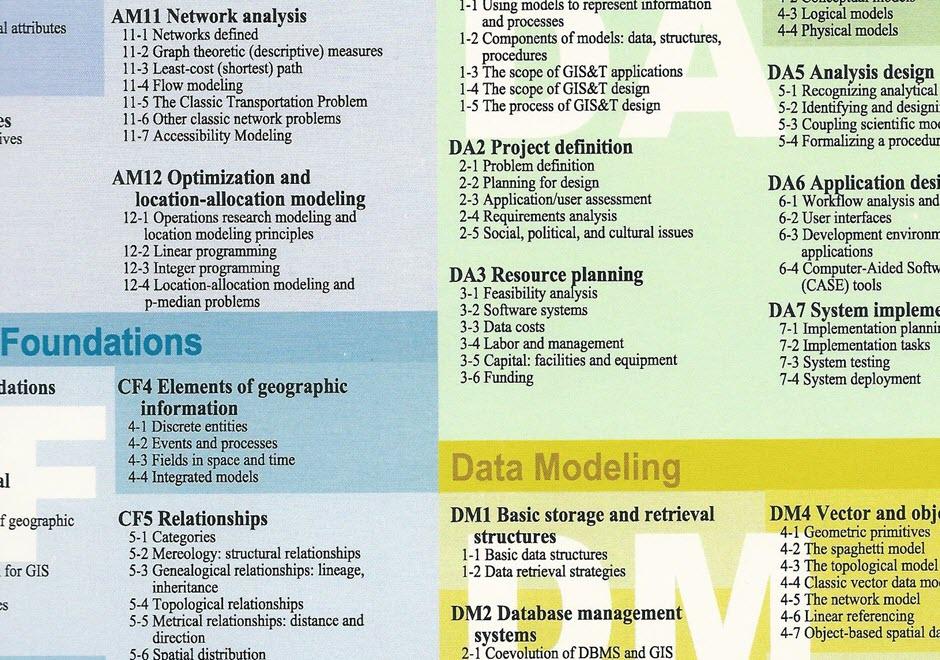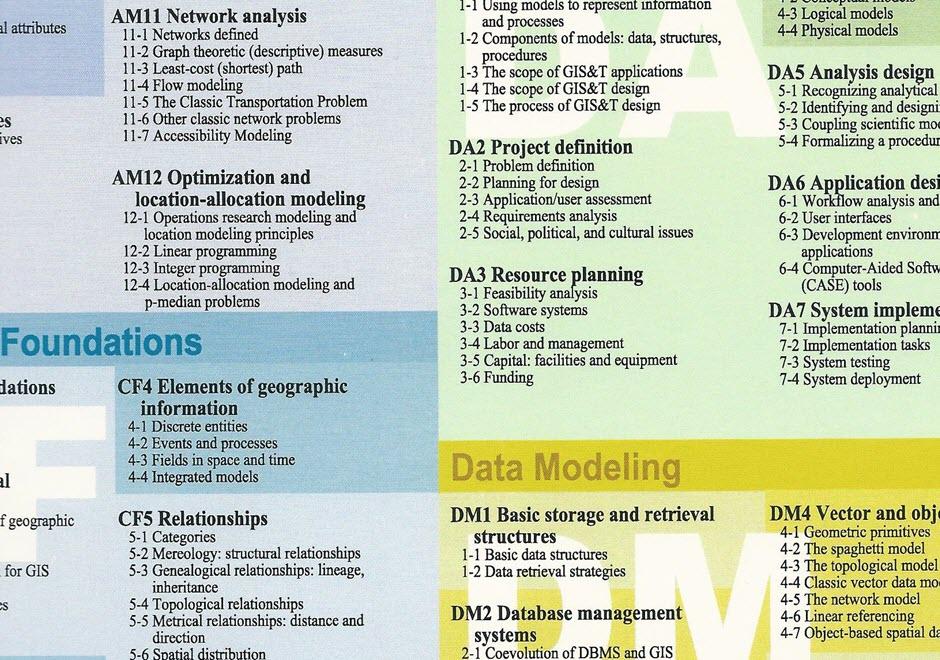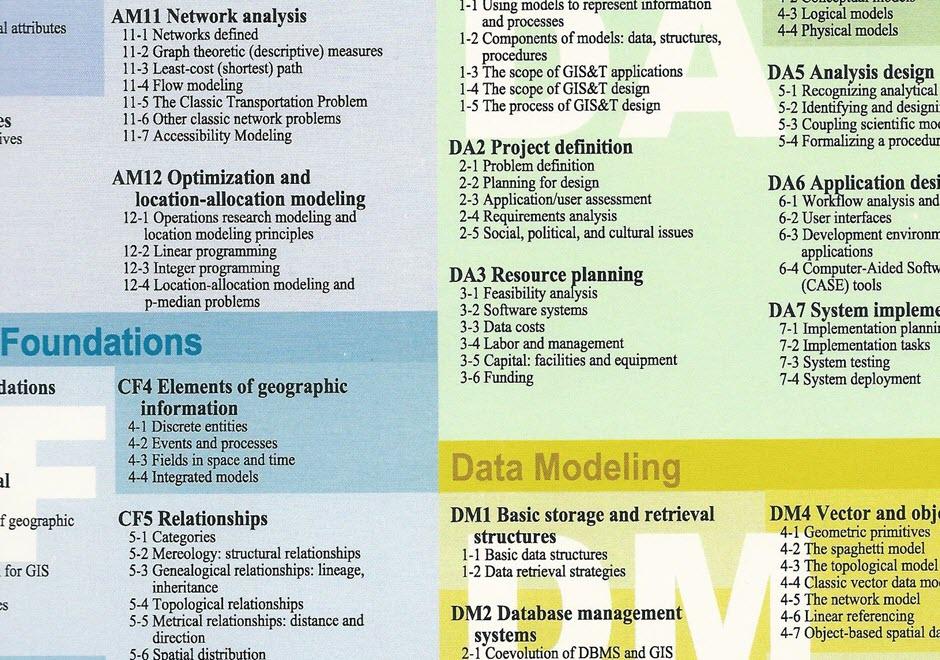AM-23 - Local measures of spatial association

- Describe the effect of non-stationarity on local indices of spatial association
- Decompose Moran’s I and Geary’s c into local measures of spatial association
- Compute the Gi and Gi* statistics
- Explain how geographically weighted regression provides a local measure of spatial association
- Explain how a weights matrix can be used to convert any classical statistic into a local measure of spatial association
- Compare and contrast global and local statistics and their uses




AM-24 - Outliers